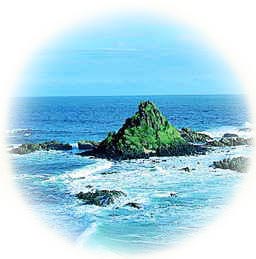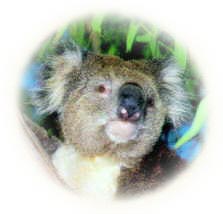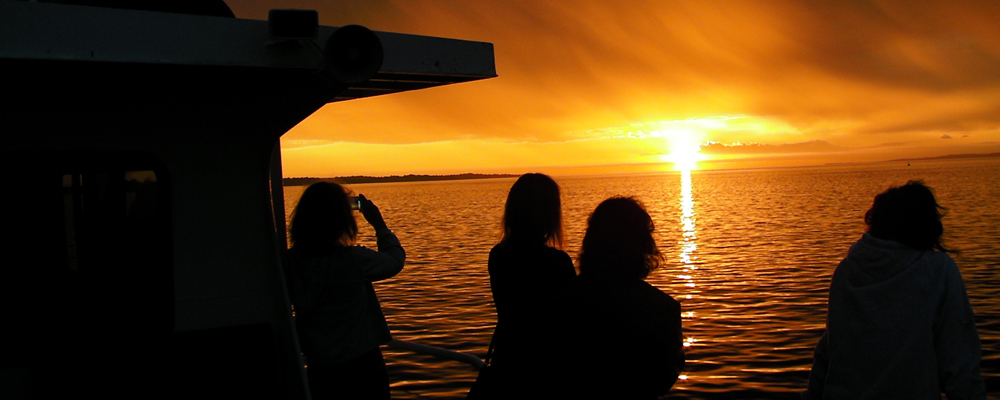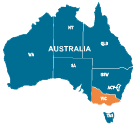Penguin Parade
Silver Gulls
The Nobbies
Koalas
Rhyll Inlet
Churchill Island
Seal Rocks
The Nature Park
Phillip Island Attractions
Nature Park - Managing 2,750 Hectares
 What a lot of people do not know is that the Penguin Parade is just one of the many natural experiences that Phillip Island can offer. Phillip Island is situated in Westernport at the bottom of Victoria, and provides natural habitat for a wide variety of land and sea animals.
What a lot of people do not know is that the Penguin Parade is just one of the many natural experiences that Phillip Island can offer. Phillip Island is situated in Westernport at the bottom of Victoria, and provides natural habitat for a wide variety of land and sea animals.
Phillip Island Nature Park manages 2750 hectares of Phillip Island for conservation. Apart from the 26,000 Penguins that nest around Penguin Parade, the Island also provides habitat that sees over one million Short-tailed Shearwaters (mutton birds) nest and breed here each year. Arriving late September and leaving late April these migratory birds travel 16,000 miles from the Aleutian Islands near Alaska and back again.
Offshore from Phillip Island lies a rocky outcrop called Seal Rocks that provides habitat for Australia's largest colony of Fur Seals. The Seals breed in spring and spend their days fishing in the surrounding waters.
Close by at the Nobbies the Silver Gulls are busy making their nests and raising chicks. Close up viewing of the Silver Gulls and their chicks can be observed from the boardwalks during spring and early summer.
Churchill Island, another part of the Nature Park has an historic farm and farm animals and is the site of the first crops planted in Victoria in 1801. The Island offers a walking track with scenic views across Westernport and great bird watching opportunities.
 The Koala Conversation Centre was established as a safe haven for the diminishing population of Koalas. Here you can wander through the woodlands exploring the fascinating life of these animals, or see them close up on the tree top boardwalks. The Koala Conservation Centre is a great spot for a family picnic.
The Koala Conversation Centre was established as a safe haven for the diminishing population of Koalas. Here you can wander through the woodlands exploring the fascinating life of these animals, or see them close up on the tree top boardwalks. The Koala Conservation Centre is a great spot for a family picnic.
Phillip Island has numerous wetlands including the self guided walk into the freshwater wetlands at Swan Lake.
Rhyll Inlet has an intertidal walk along a boardwalk through the mangroves, a great place to see the migratory birds that fly thousands of miles to feed here.




